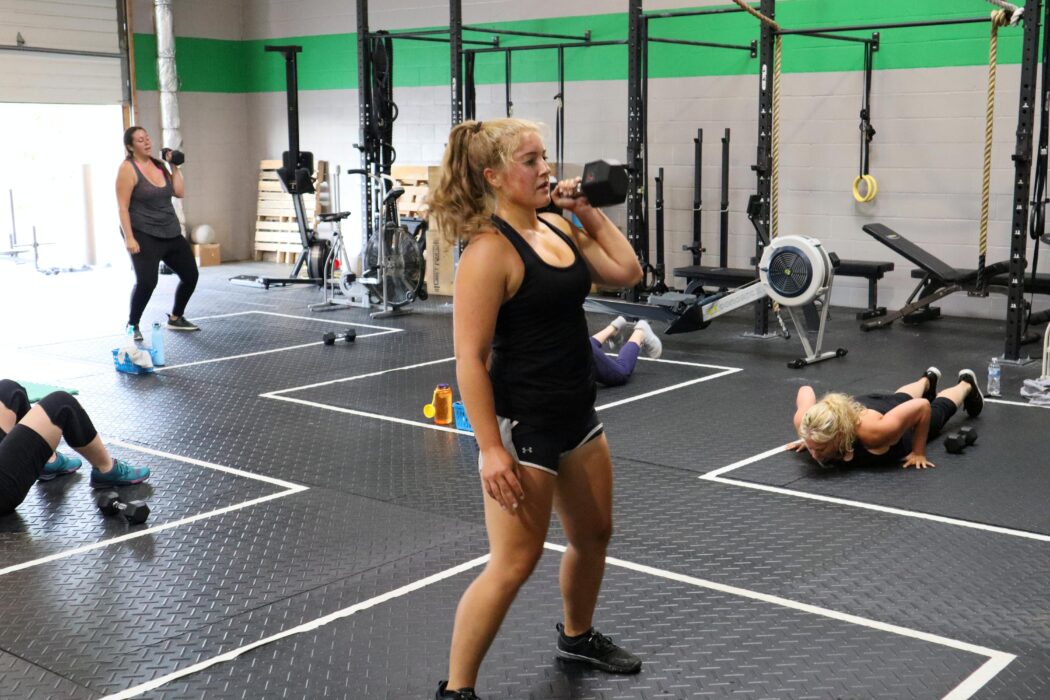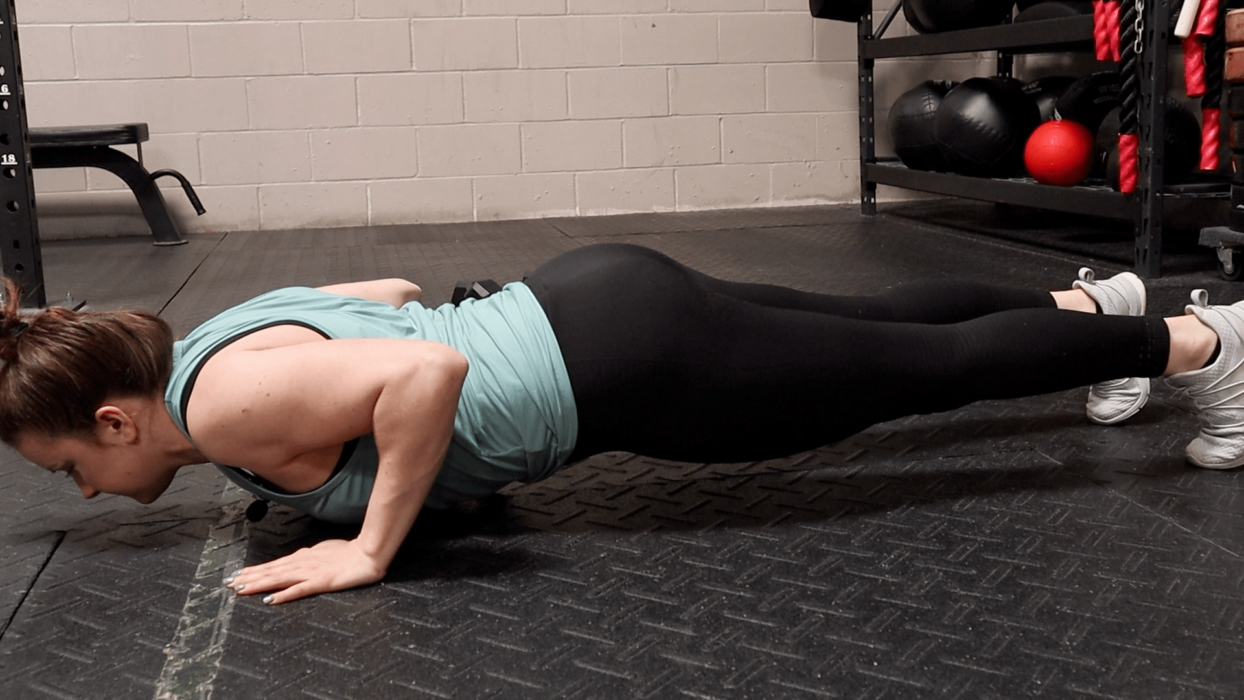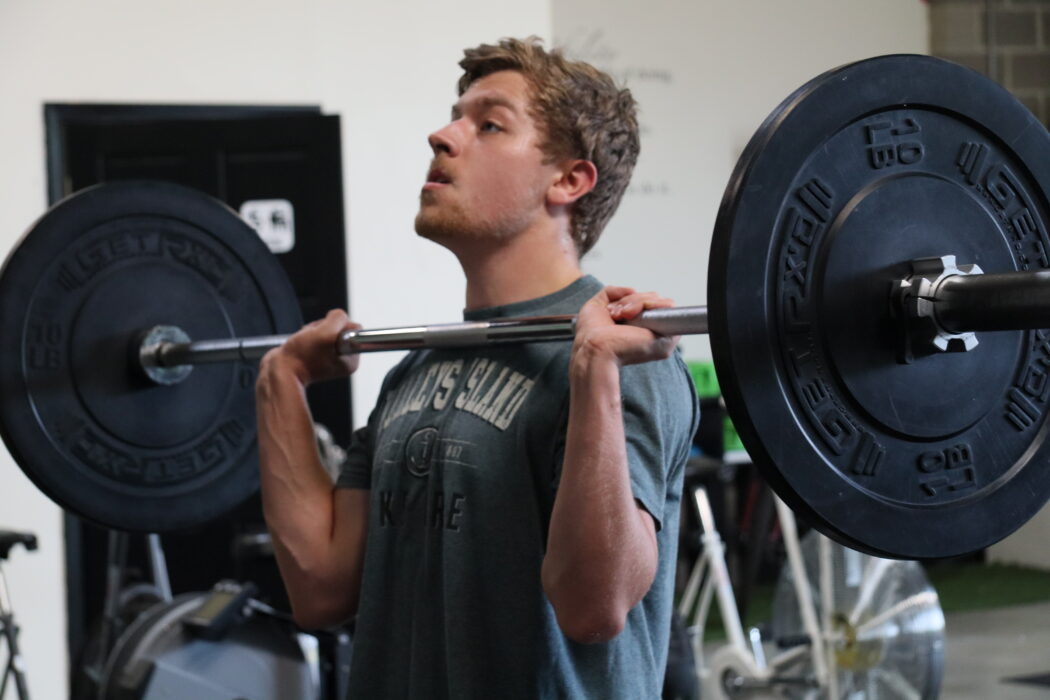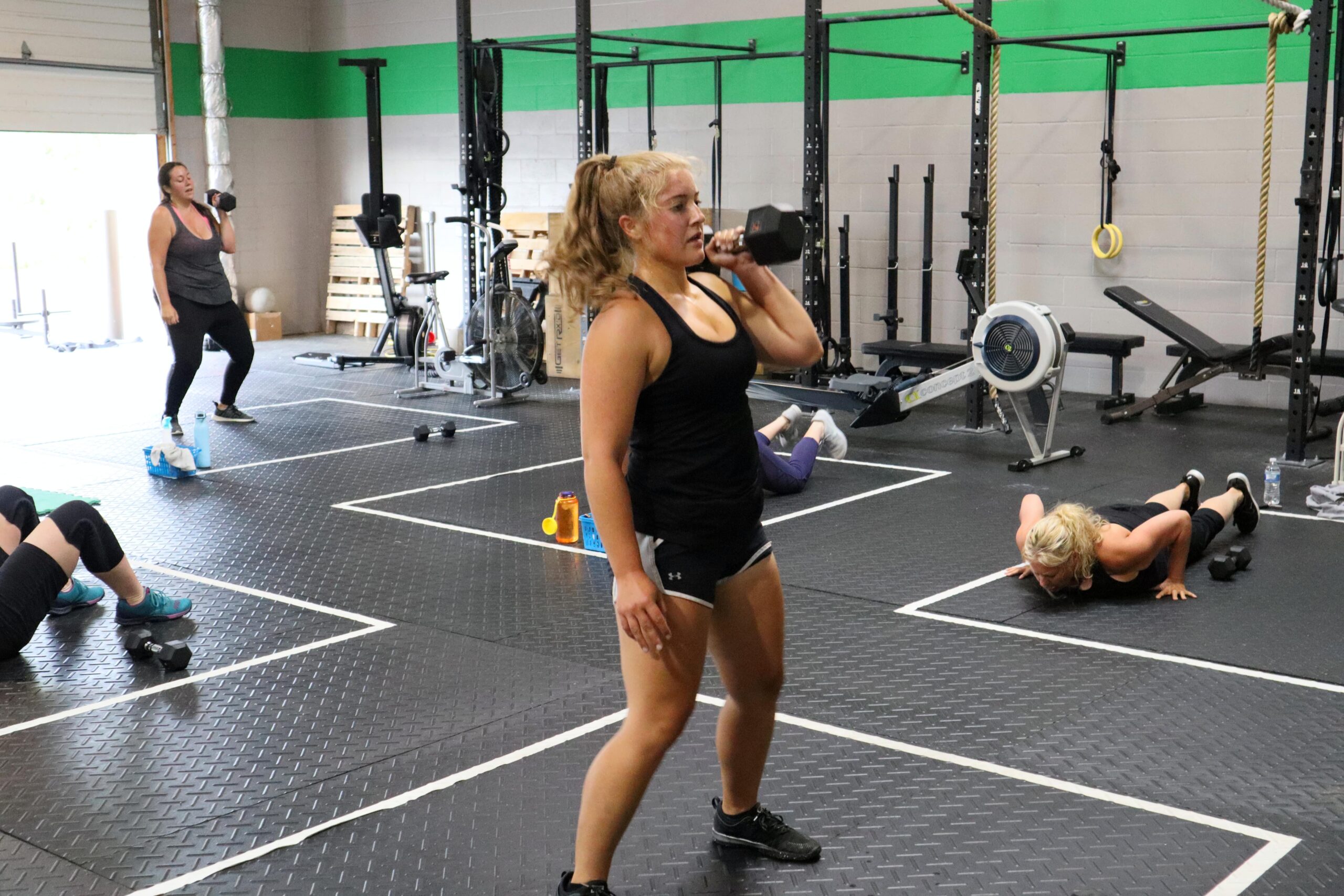360 CLASS: How To Place Strength Emphasis In Your Workout
When we were creating our trademark class, 360, we wanted to create a workout that allowed you to get the perfect amount of resistance training and conditioning.
The market is full of workouts that, to us, are too far off on one end or the other.
CrossFit and bodybuilding are too strength-focused, placing emphasis on how much you lifted.
Spin classes, bootcamps, and boxing are too cardio biased, focusing on how fast you could go.
After implementing tempo training upon our opening in 2016, we’ve teetered back and forth with how to best implement this in class. Due to COVID-19 and having to change the way in which we utilize the space in our gym, we’ve come to an amazing mix for what we feel offers the best results – high-intensity tempo training. This allows you to amp up your conditioning and slow down your strength movements for improved muscle building.
However, while our workouts give you the best of both worlds – we know that not everyone shares the same goals. Some want to emphasize their strength training, while others want to redline their cardio.
So this will be the first entry in a two-part series that will teach you how to place priority in our 360 class on either strength or conditioning.
If you want to get strong, you’ll have to do things that strong people do.
Deciding to get strong requires you to stress your muscles enough to they that tear and heal, which is the process that allows us to lift heavier weights over time, leading to that one extra rep.
The technical term for this is ‘hypertrophy’ and this biological process can only take place when enough stress is placed on your muscular system.
In other words, if you always stick with the same set of dumbbells or the same weight on the barbell, that you can perform 15+ reps with is not going to cut it – if your goal is to get stronger.
Here’s how this conversation typically goes between a strength-seeking member and their coach at Iron-Oak Fitness:
“But I’m not strong enough to lift _____ !”
“Can you perform 5 reps with it?”
“Yeah, I can probably do that.”
“Great. Then we can scale reps down from 15 to 10 for two sets of 5. Or, do 3 sets of 5 reps. You’ll get your 15 reps done, at a slower pace, but you’ll get stronger.”
You’ll have to start choosing heavier loads (with proper technique) and place added stress on your muscles in order to tap into hypertrophy.
So next time you’re choosing your weights, challenge yourself to go a little bit heavier than you have previously – if strength is your goal. Our staff will be there to ensure that your technique stays true and you stay injury-free.
Here are a few more tips on biasing strength training in our 360 class:

Commit to the pushup-burpee.
If you haven’t noticed, we do a lot of burpees.
Not only is this a great exercise for getting the heart rate up but you can tweak it to make it a great strength training movement. What better resistance than your own bodyweight, right?!
Next time burpees come up in the workout, commit to the pushup-burpee and while you won’t be the fastest to complete them, you’ll definitely be getting much stronger in the process.

Use the lift portion of class to lift heavier.
At least two or three of our classes per week comes equipped with a dedicated “LIFT” portion in class. This is where we dedicate serious time and reps to getting you stronger.
However, if you’re not striving to add a few more pounds to the bar after each set, you’ll never get stronger.
Also, look at this time as the perfect opportunity to practice your lifting technique while your heart rate is still relatively low (compared to the increased BPMs that you’ll experience during the cardio portion).

Don’t cheat the tempo. (Keep an eye of for a blog on this!)
We’re utilizing tempo training specifically to teach you the benefits of lifting weights at a smooth, methodical pace. By slowing down your reps, we’ve forced more time under tension and increased the safety of heavy lifting.
But all the strength benefits go out the window when you cheat the tempo.
If the workout calls for a 5-second lowering of the weight and you cut it to 3 because it’s hard, you don’t feel like counting, or you’re tired … you’re clearly missing the point.
Now, if you cut the tempo down because the weight is too heavy – we have a simple fix: decrease the weight.
One of the main benefits of tempo training is that you can lift less weight and still cash in on the strength benefits, as long as you adhere to the tempo.

